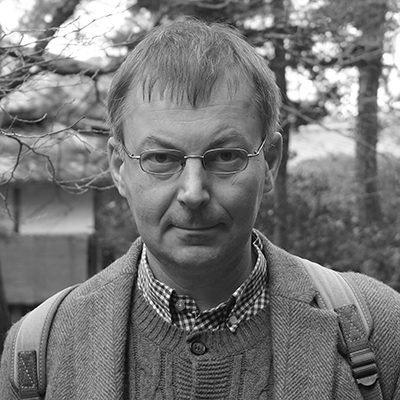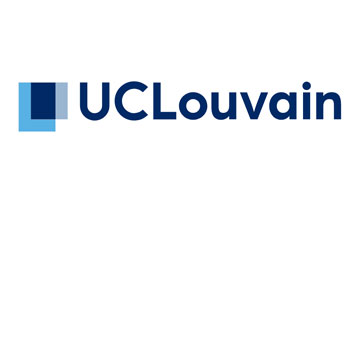The Challenge
The search for meaning and understanding within the world we live has been the life’s work of generations of mathematicians and theoretical physicists.
In searching for a model for the ‘theory of everything’, a hypothetical framework explaining all known physical phenomena in the universe, Professor Stephen Hawking famously concluded it would be out of reach forever, because our descriptions of reality are always incomplete.
"I'm now glad that our search for understanding will never come to an end and that we will always have the challenge of new discovery" Professor Stephen Hawking CH CBE FRS FRSA
Complex behaviour occurs when a physical or biological system exhibits properties that depend not only on its individual parts but on how those parts relate to one another. At small scales, clusters of atoms could self-organise into “thinking” networks similar to the human brain. At medium scales, consensus in large groups of animals or humans, such as migration routes or directions to a resource, could occur without active individual recognition. On a larger scale, we see this in the formation of black holes and galaxies.
Modelling the collective behaviour of a large number of interacting individuals, for instance, predicting the spread of the COVID-19 pandemic is one of the most significant challenges in Science. For simple systems, it is possible to track each individual part and mathematically describe the behaviour. When the number of individuals increases, a system rapidly becomes too complex and even modern supercomputers are unable to track all the parts. Instead, it is possible to use averaged information about the system. This leads to nonlinear equations with nonlocal interactions, which recently started to emerge as a new paradigm for modelling the collective behaviour of many-body systems. Such nonlocal equations are the main focus of mathematical work of Prof. Vitaly Moroz.
Methods
In 2013-15 Professor Vitaly Moroz and Professor Jean Van Schaftingen (UCLouvaine, Belgium) undertook a research project on the mathematical study of the Choquard equation. This nonlocal nonlinear equation originates in the physical models of multi-particle systems . At macro scales the Choquard equation can be used for the modelling of boson stars and dark matter galactic halos. At atomic scales the same equation was used by Prof. Roger Penrose to clarify the relationship between quantum mechanics and general relativity.
At the time when Professor Moroz and Professor Van Schaftingen started their work on the Choquard equation, little was known within the mathematical community. Their vision was that Choquard's equation could become an excellent model for mathematicians to develop a deeper understanding of complex behaviour phenomena.
Using methods from Calculus of Variation and Potential Theory they built a rigorous mathematical framework which enabled other researchers to start working on the problem. The results of their research appeared in five papers on the topic of the Choquard equation which were published in the leading international mathematical journals 2013-15, several further papers followed in 2016-17.
Impact
This work almost instantly made a major impact on the mathematical community and established a new cutting-edge research field in its own right. More than three hundred mathematical publications on the Choquard equation have appeared since 2013 across the world, developing the ideas highlighted in the work of Prof. Moroz and Prof. Van Schaftingen. Their core paper on the topic currently has more than 350 citations (Scopus) and is one of the most cited mathematical papers published in the UK in 2013. Five of their papers on the topic are currently ranked by the Web of Science as Highly Cited Papers in Mathematics (top 1% citation in a field in a given year).
Currently Prof. Moroz has active research collaborators spanning seven different countries across three continents. One of his recent research projects, jointly with Dr Richard Cobley at Swansea College of Engineering, is an interdisciplinary study on nano-electromechanical biostability in graphene. The project is informed by the earlier theoretical research into the Choquard equation.
Ultimately, it’s focus is on the manufacture of prototype models of novel nano-devices with lower power and faster computation for a post-silicon digital age. Prof. Moroz’s other project jointly with colleagues in China addresses some fundamental mathematical challenges related to the structure of galactic halos.










